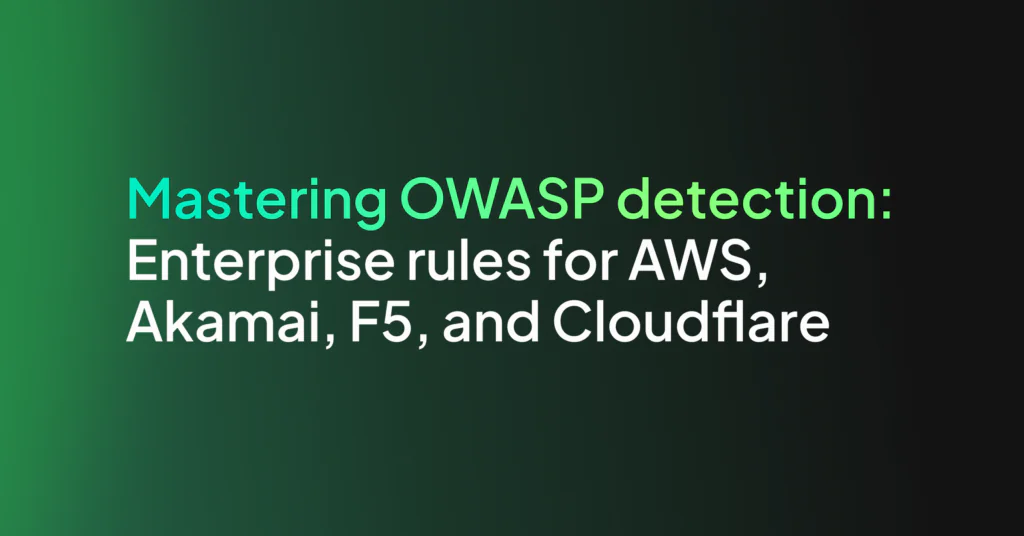5 Cybersecurity Tools to Safeguard Your Business

With the exponential rise in cybercrimes in the last decade, cybersecurity for businesses is no longer an option — it’s a necessity. Fuelled by the forced shift to remote working due to the pandemic, US businesses saw an alarming 50% rise in reported cyber attacks per week from 2020 to 2021. Many companies still use outdated technologies, unclear policies, and understaffed cybersecurity teams to target digital attacks.
So, if you’re a business looking to upgrade its cybersecurity measures, here are five powerful tools that can protect your business from breaches.
1. Access Protection
Designed to monitor outgoing and incoming network traffic, firewalls are the first layer of defense from unauthorized access in private networks. They are easy to implement, adopt, and configure based on security parameters set by the organization.
Among the different types of firewalls, one of the popular choices among businesses is a next-generation firewall. A next-generation firewall can help protect your network from threats through integrated intrusion prevention, cloud security, and application control. A proxy firewall can work well for companies looking for a budget option.
Even though firewalls block a significant portion of malicious traffic, expecting a firewall to suffice as a security solution would be a mistake. Advanced attackers can build attacks that can bypass even the most complex firewalls, and your organization’s defenses should catch up to these sophisticated attacks. Thus, instead of relying on the functionality of a single firewall, your business needs to adopt a multi-layer defense system. And one of the first vulnerabilities you should address is having unsecured endpoints.
2. Endpoint Protection
Endpoint Protection essentially refers to securing devices that connect to a company’s private network beyond the corporate firewall. Typically, these range from laptops, mobile phones, and USB drives to printers and servers. Without a proper endpoint protection program, the organization stands to lose control over sensitive data if it’s copied to an external device from an unsecured endpoint.
Softwares like antivirus and anti-malware are the essential elements of an endpoint protection program, but the current cybersecurity threats demand much more. Thus, next-generation antiviruses with integrated AI/ML threat detection, threat hunting, and VPNs are essential to your business.
If your organization has shifted to being primarily remote, implementing a protocol like Zero Trust Network Access (ZTNA) can strengthen your cybersecurity measures. Secure firewalls and VPNs, though necessary, can create an attack surface for hackers to exploit since the user is immediately granted complete application access. In contrast, ZTNA isolates application access from network access, giving partial access incrementally and on a need-to-know basis.
Combining ZTNA with a strong antivirus creates multi-layer access protection that drastically reduces your cyber risk exposure. However, as we discussed earlier, bad network actors who can bypass this security will always be present. Thus, it’s essential to have a robust monitoring system across your applications, which brings us to the next point…
3. Log Management & Observability
Log management is a fundamental security control for your applications. Drawing information from event logs can be instrumental to identifying network risks early, mitigating bad actors, and quickly mitigating vulnerabilities during breaches or event reconstruction.
However, many organizations still struggle with deriving valuable insights from log data due to complex, distributed systems, inconsistency in log data, and format differences. In such cases, a log management system like Coralogix can help. It creates a centralized, secure dashboard to make sense of raw log data, clustering millions of similar logs to help you investigate faster. Our AI-driven analysis software can help establish security baselines and alerting systems to identify critical issues and anomalies.
A strong log monitoring and observability system also protects you from DDoS attacks. A DDoS attack floods the bandwidth and resources of a particular server or application through unauthorized traffic, typically causing a major outage.
With observability platforms, you can get ahead of this. Coralogix’s native Cloudflare integrations combined with load balancers give you the ability to cross-analyze attack and application metrics and enable your team to mitigate such attacks. Thus, you can effectively build a DDOS warning system to detect attacks early.
Along with logs, another critical business data that you should monitor regularly are emails. With over 36% of data breaches in 2022 attributed to phishing scams, businesses cannot be too careful.
4. Email Gateway Security
As most companies primarily share sensitive data through email, hacking email gateways is a prime target for cybercriminals. Thus, a top priority should be robust filtering systems to identify spam and phishing emails, embedded code, and fraudulent websites.
Email gateways act as a firewall for all email communications at the network level — scanning and auto-archiving malicious email content. They also protect against business data loss by monitoring outgoing emails, allowing admins to manage email policies through a central dashboard. Additionally, they help businesses meet compliance by safely securing data and storing copies for legal purposes.
However, the issue here is that sophisticated attacks can still bypass these security measures, especially if social engineering is involved. One wrong click by an employee can give hackers access to an otherwise robust system. That’s why the most critical security tool of them all is a strong cybersecurity training program.
5. Cybersecurity Training
Even though you might think that cybersecurity training is not a ‘tool,’ a company’s security measures are only as strong as the awareness among employees who use them. In 2021, over 85% of data breaches were associated with some level of human error. IBM’s study even found out that the breach would not have occurred if the human element was not present in 19 out of 20 cases that they analyzed.
Cybersecurity starts with the people, not just the tools. Thus, you need to implement a strong security culture about security threats like phishing and social engineering in your organization. All resources related to cybersecurity should be simplified and made mandatory during onboarding. These policies should be further reviewed, updated, and re-taught semi-annually in line with new threats.
Apart from training, the execution of these policies can mean the difference between a hackable and a secure network. To ensure this, regular workshops and phishing tests should also be conducted to identify potential employee targets. Another way to increase the effectiveness of these training is to send out cybersecurity newsletters every week.
Some companies like Dell have even adopted a gamified cybersecurity training program to encourage high engagement from employees. The addition of screen locks, multi-factor authentication, and encryption would also help add another layer of security.
Upgrade Your Cybersecurity Measures Today!
Implementing these five cybersecurity tools lays a critical foundation for the security of your business. However, the key here is to understand that, with cyberattacks, it sometimes just takes one point of failure. Therefore, preparing for a breach is just as important as preventing it. Having comprehensive data backups at regular intervals and encryption for susceptible data is crucial. This will ensure your organization is as secure as your customers need it to be — with or without a breach!




